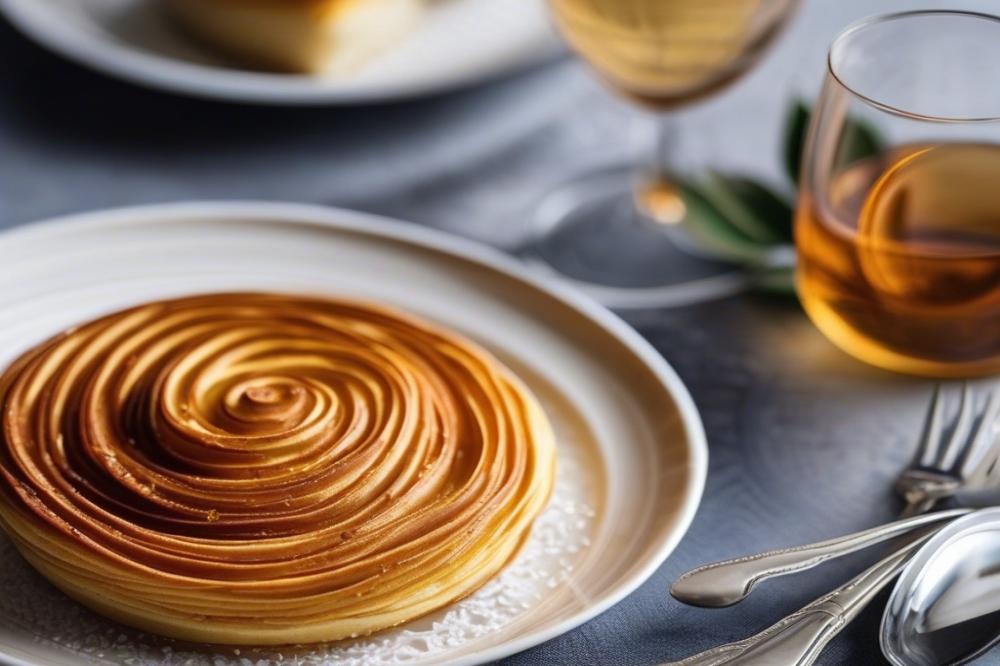Introduction to Avgokalamara
Avgokalamara is a delightful Greek sweet pastry that captivates with its rich flavors and unique texture. This traditional treat showcases the artistry of Greek desserts, combining layers of delicate pastry dough with a luscious egg-based filling. Many consider it a celebration of the culinary traditions of Greece and the Mediterranean region.
The significance of Avgokalamara extends beyond its taste. It represents the time-honored recipes passed down through generations. Greek desserts often tell a story of family gatherings and important festivities. In many households, baking Greek pastries like Avgokalamara during holidays is a cherished ritual.
Mediterranean cuisine thrives on fresh ingredients and bold flavors, and this dessert is no exception. The careful balance of sweetness from honey syrup and the richness of eggs makes it irresistible. People enjoy these sweet treats at weddings, Easter celebrations, and other special occasions, marking them as festive desserts that bring joy to gatherings. With its warm flavors and inviting aroma, Avgokalamara is more than just a dessert; it is a sweet reminder of Greece’s vibrant culinary heritage.
What is Avgokalamara?
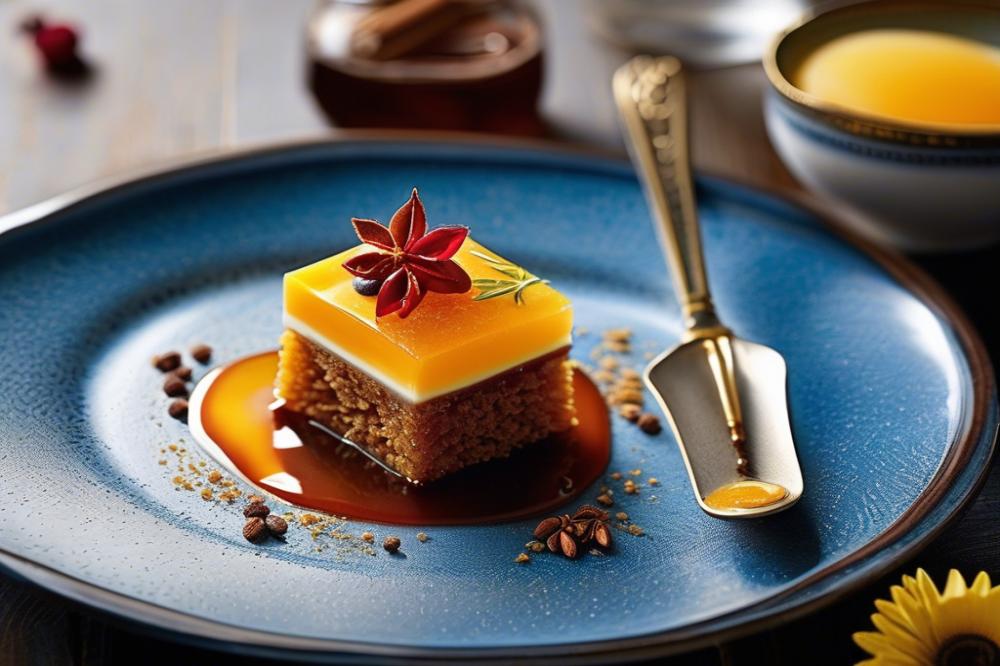
Avgokalamara is a delightful egg pastry found in Greek cuisine. This sweet treat captures the essence of traditional Greek recipes. Made with rich pastry dough, it features a combination of eggs and often honey syrup. Each bite offers a creamy texture that delights the palate. Many families pass down this recipe through generations, making it a meaningful part of their culture.
During festive celebrations, these pastries take center stage on dessert tables. Greeks cherish Avgokalamara as more than just a dessert; it symbolizes joy and togetherness. In villages across Greece, the preparation often brings families together. Sharing this egg-based sweet during holiday gatherings strengthens bonds among loved ones.
When compared to other egg-based sweets, Avgokalamara stands out due to its melding of flavors. Many similar desserts focus on ingredients like chocolate or fruit. In contrast, this pastry emphasizes the natural sweetness of eggs and honey. While some Greek desserts showcase heavier layers, Avgokalamara presents light, airy textures.
As part of Mediterranean cuisine, Avgokalamara embodies the region’s love for fresh ingredients. Bakers experiment with various spices and nuts, enhancing the overall taste. Each region of Greece might present a different twist, making this egg pastry truly special. Exploring these variations opens a window to Greece’s diverse culinary heritage.
Ingredients List and Measurements
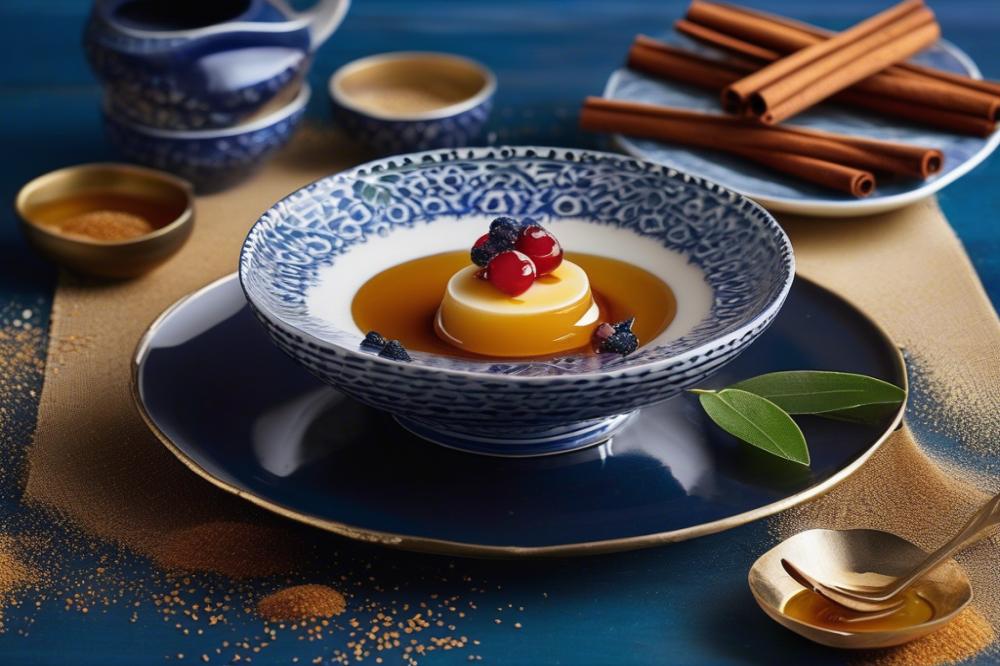
To create a delightful batch of Avgokalamara, gather the following ingredients:
- Flour: 2 cups
- Eggs: 4 large
- Milk: 1 cup
- Sugar: 1/2 cup
- Unsalted butter: 1/2 cup, melted
- Baking powder: 1 tsp
- Vanilla extract: 1 tsp
- Honey: 1 cup (for syrup)
- Water: 1/2 cup (for syrup)
- Lemon juice: 1 tbsp (for syrup)
- Optional: ground cinnamon for garnish
Nutritional Information
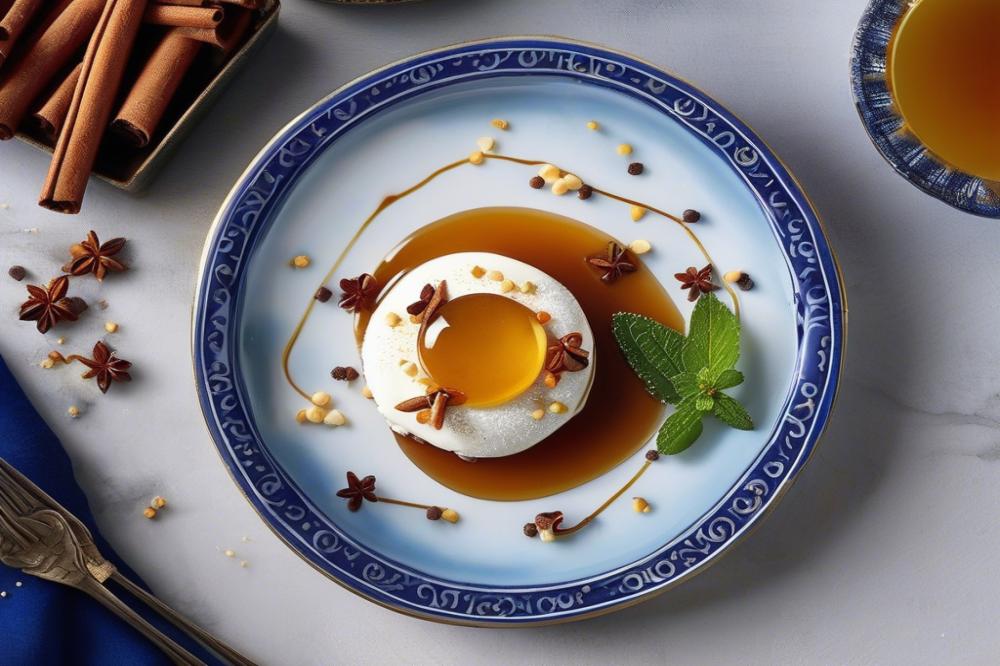
Each ingredient contributes to the overall flavor and texture of the egg pastry. Here’s a look at the nutritional values:
- Flour (2 cups): Approximately 910 calories, 180g carbohydrates, 24g protein, 2g fat
- Eggs (4 large): About 280 calories, 2g carbohydrates, 28g protein, 20g fat
- Milk (1 cup): Roughly 150 calories, 12g carbohydrates, 8g protein, 8g fat
- Sugar (1/2 cup): Around 387 calories, 100g carbohydrates, 0g protein, 0g fat
- Unsalted butter (1/2 cup): Approximately 810 calories, 0g carbohydrates, 1g protein, 93g fat
- Baking powder (1 tsp): Negligible calories
- Vanilla extract (1 tsp): About 12 calories, 0g carbohydrates
- Honey (1 cup): Roughly 1,030 calories, 282g carbohydrates, 0g protein, 0g fat
- Water (1/2 cup): 0 calories
- Lemon juice (1 tbsp): Approximately 4 calories, 1g carbohydrates
- Cinnamon (optional): Minimal calories based on amount used
In total, Avgokalamara provides a rich taste profile. The combination of eggs, milk, and sugar creates a satisfying sweet treat. Baking Greek pastries like this one showcases Mediterranean cuisine at its finest. The honey syrup adds an authentic flair to any festive dessert. Traditional Greek recipes often highlight egg-based sweets, making this pastry dough a beloved choice among dessert lovers.
Overall, this dish is indulgent. It combines various elements of flavor and nutrition, but moderation is key. Prepare to enjoy these vibrant, traditional Greek desserts that warm the heart and soul.
Cooking Instructions
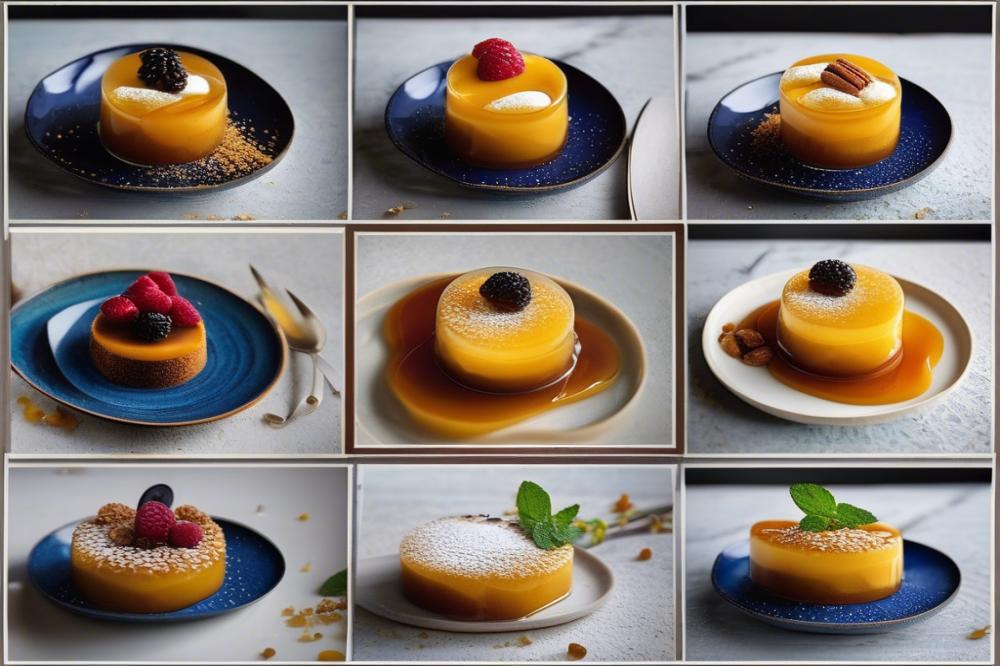
Preparing the Pastry Dough
Making the pastry dough is the first step in creating this delightful treat. Start by gathering all necessary ingredients. You will need flour, eggs, and a bit of oil or melted butter. Combine the flour with two eggs in a mixing bowl. Gradually add a touch of water until the mixture forms a soft dough. Knead it gently for a few minutes until it becomes smooth. Cover the dough with a damp cloth and let it rest for about 30 minutes.
Steps for Mixing Ingredients
While the dough rests, prepare the filling. Crack a few eggs into a large bowl. Beat them lightly, then mix in sugar and a pinch of cinnamon. This creates a sweet base, perfect for your egg pastry. Consider adding chopped nuts or a sprinkle of vanilla for extra flavor. Keep mixing until the ingredients are well combined.
Rolling and Shaping
After the resting period, dust a clean surface with flour. Roll out the dough into a thin sheet. Take your time with this part; the more delicate the dough, the better the pastry. Cut the rolled dough into small squares or circles, depending on your preference. Place a spoonful of the egg mixture onto each piece. Fold the edges over to enclose the filling, pressing them tightly to seal.
Cooking Technique
Decide whether you will bake or fry your pastries. If baking, preheat your oven to 350°F (175°C). Arrange the stuffed pastries on a baking sheet lined with parchment paper. Brush the tops with melted butter for a golden finish. Bake for about 20-25 minutes, or until they are puffed and golden brown. For frying, heat oil in a deep pan. Carefully add the pastries and cook until each side is crispy.
Making the Honey Syrup
While the pastries are cooking, prepare the honey syrup. In a small saucepan, combine honey and water over low heat. Mix until the honey dissolves completely. A splash of lemon juice can enhance the taste. Let this mixture simmer for about 10 minutes until it thickens slightly. The syrup should remain sweet and fragrant.
Drizzling Syrup Over the Pastry
Once the pastries are cooked, remove them from the oven or oil. Allow them to cool slightly before drizzling with the honey syrup. Use a spoon or a small pitcher to generously coat each pastry. The warm syrup creates a lovely sheen on the sweet treats. Enjoy each bite, as these egg-based sweets are perfect for festive occasions or any time you crave something from Mediterranean cuisine.
Tips for Perfecting Avgokalamara
Common Mistakes to Avoid
Baking Greek pastries can be tricky. One common mistake is not letting the pastry dough rest. Resting allows it to recover from the rolling process. Too much flour can also make the dough tough. Use just enough flour to prevent sticking. In addition, overfilling your pastries may cause them to burst. Fill only to the recommended level for optimal results. Lastly, don’t rush the baking time. Each oven differs, so keep an eye on your treats for the perfect golden hue.
Variations in Filling or Flavors
Exploring different fillings can create a delightful experience. You might try traditional options, such as nuts, or raisins combined with cinnamon. Those who enjoy fruit could opt for a preserve made from figs or apricots. Chocolate enthusiasts might want to add cocoa powder to the filling. Additionally, a splash of citrus zest can elevate flavor profiles. Considering these alterations can make egg-based sweets even more enjoyable. Feel free to experiment with flavors that resonate with your taste.
Serving Suggestions and Pairings
Serving Avgokalamara is an art in itself. Present them on a decorative platter for a festive touch. Drizzle honey syrup over the pastries just before serving. This sweet addition enhances the richness of Mediterranean cuisine. Pairing these egg pastries with coffee or tea is a popular choice. The warm beverages complement the sweetness nicely. For a complete dessert table, include Greek desserts like baklava and kataifi. Together, they create an inviting experience that highlights traditional Greek recipes.
Avgokalamara in Greek Cuisine
This delightful egg pastry plays a significant role in Greek culture, especially during festive occasions. Birthdays, weddings, and religious celebrations often feature avgokalamara. Families gather to enjoy such sweet treats as part of their tradition. The preparation of these desserts often symbolizes love and unity among the community.
Within the broader scope of Greek desserts, this delicacy stands out. It is among a category of cherished egg-based sweets that capture the essence of Mediterranean cuisine. Traditional Greek recipes frequently combine simple ingredients to create memorable flavors. Most of these desserts reflect the nation’s rich culinary history, showcasing how it has evolved over time.
Regional variations are also prevalent, adding to its charm. In some areas, bakers might use flavored honey syrup to enhance sweetness. Others could include nuts or spices, offering distinct tastes. This diversity contributes to the popularity of egg pastry across the country. Each version tells a story of local customs and preferences, making it even more special for those who prepare and consume it.
When baking Greek pastries, avgokalamara is often considered a labor of love. Families pass down recipes from generation to generation. These cherished traditions help preserve the art of making these desserts. The attention given to preparing this egg pastry results in a delectable experience central to Greek identity.
Final Thoughts on This Sweet Delight
A recap of Avgokalamara reveals its charm as a sweet egg pastry that stands out among various Greek desserts. This delectable treat combines layered pastry with a luscious filling, offering an exciting experience for those who take a bite. Each piece tells a story, showcasing the rich traditions of Greek cuisine and its emphasis on homemade delights.
Trying to prepare this classic dessert is a rewarding endeavor. Whether you’re a seasoned chef or a curious beginner, the process allows for both creativity and learning. Following the steps can be an enjoyable experience, and you may even find joy in sharing your creations with friends and family. The flavors and textures offer a delightful surprise that everyone can appreciate.
In conclusion, Avgokalamara captures a unique spot within Mediterranean cuisine. Its layers symbolize more than just taste; they represent the warmth of gatherings and the love behind homemade dishes. This egg pastry will surely enhance any dessert table. So why not roll up your sleeves and dive into this gastronomic adventure?

